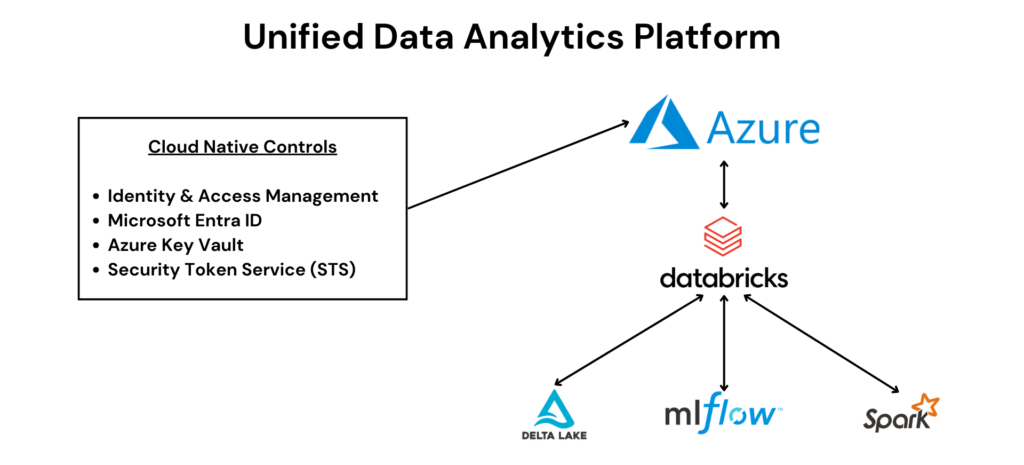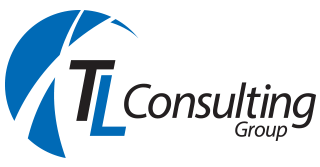The Secret To Next Level Data Security: Azure Databricks
To harness the power of data effectively, modern enterprises rely heavily on data analytics platforms like Azure Databricks. It stands as a Unified Data Analytics Platform which seamlessly integrates into the Microsoft Azure Cloud ecosystem. Leveraging technologies such as Delta Lake, MLflow, and Apache Spark, it empowers organisations to unlock insights from their data efficiently. With features like one-click setup, native integrations with Azure services, interactive workspaces, and enterprise-grade security, Azure Databricks caters to a wide range of Data, AI, and Machine Learning use cases, from small-scale initiatives to global enterprises. As we examine the potential of Azure Databricks for data security, we will delve into its capabilities and understand how it can address the various complex challenges of data security that organisations face with its cloud-based solutions that are robust and scalable.

Challenges with Securing a Data Lake:
As enterprises consolidate their data into data lakes to break down silos and facilitate access for various stakeholders, they encounter significant security challenges. These challenges include:
- Ensuring Secure Compute Environments: This involves guaranteeing that all compute environments accessing the data lake comply with enterprise security and governance controls. This may include measures such as ensuring that compute instances are properly authenticated and authorised before accessing data, implementing network segmentation to isolate compute resources, and regularly patching and updating compute environments to address security vulnerabilities.
- Enforcing Data Access Control: We can do this by implementing mechanisms to restrict user access to only the relevant authorised data and prevent unauthorised access to other irrelevant data. Azure provides role-based access control (RBAC) and Azure Entra ID integration for managing permissions at various levels, such as file, folder, and dataset levels. Implementing least privilege principles ensures that users have access only to the data they need for their roles.
- Data Masking and Anonymisation: For environments where sensitive data needs to be shared with certain users or applications, data masking and anonymisation techniques can help protect sensitive information while still allowing data analysis and processing.
- Data Loss Prevention (DLP): Implementing DLP policies helps prevent accidental or malicious data leaks by monitoring and enforcing rules on data movement and access. Azure Information Protection and Azure DLP are examples of services that can help enforce DLP policies.
- Threat Detection and Prevention: Utilising advanced threat detection and prevention mechanisms such as Azure Advanced Threat Protection (ATP) and Azure Security Center helps identify and mitigate security threats targeting the data lake environment.
- Policy Governed Environment: Creating a Policy-Governed Environment involves establishing a policy-driven approach to data security without solely relying on users to adhere to best practices. This includes defining and enforcing policies for data classification, access control, encryption, and retention. Azure Data Lake supports features like Azure Purview for data discovery, classification, and policy enforcement, enabling organisations to automate and enforce data governance policies effectively.
Addressing Security Challenges with Cloud-Native Controls:
Azure Databricks integrates seamlessly with Azure’s Identity and Access Management (IAM), Azure Entra ID, Azure Keyvault, and Security Token Service (STS). By leveraging cloud-native controls, enterprises can centralise access control policies and ensure scalability and interoperability across various Azure services.
Environment Isolation:
To minimise the attack surface, Azure Databricks emphasises isolation of compute environments. This involves:
- Restricting access to databricks workspaces from secured corporate perimeters by implementing robust IAM controls.
- Implementing Azure Private Link for encrypted private communication between users, notebooks, and compute clusters.
- Enforcing strict controls on compute clusters to prevent unauthorised access and to ensure compliance.
Securing the Data:
Azure Databricks provides mechanisms to enhance data security including:
- Implementing data anonymisation techniques to remove personally identifiable information (PII) from datasets to minimise the risk of unauthorised access.
- Applying attribute-based access control (ABAC) to enforce granular access policies based on data classification and user attributes.
- Leveraging cloud provider key-management systems for robust encryption and access control.
- Encouraging the use of Databricks secrets for secure storage of credentials.
Policy-Governed Environment:
- Azure Databricks can help develop and enforce security policies and governance frameworks that are compliant to the regulatory requirements and industry standards.
- It can also implement automated policy enforcement mechanisms to enforce security controls and mitigate risks proactively.
- A comprehensive data quality framework can be created that is equipped with monitoring and alerting capabilities. This ensures any deviation from the defined data quality and security standards is immediately identified and addressed, maintaining the integrity and confidentiality of the data.
Security Analysis Tool (SAT):
- The Security Analysis Tool (SAT) examines the security configurations of your Azure Databricks account and workspace. SAT offers recommendations to align with Databricks best security practices. The findings from these checks are stored in Delta tables within your storage for trend analysis over time.
Conclusion:
Azure Databricks emerges as a robust solution for addressing the complex security challenges associated with deploying data analytics at enterprise scale. By leveraging cloud-native controls, isolation techniques, and robust security features, organisations can unlock the full potential of their data lakes while ensuring stringent data security and compliance standards are met. With Azure Databricks, enterprises can embark on their AI-driven future with confidence, backed by a secure and scalable data analytics platform.
As certified Microsoft Partners with expertise in Azure consulting, we can help you maximise the value of your data while also ensuring it is secure. Contact us to learn about how we can help you with your data challenges.
